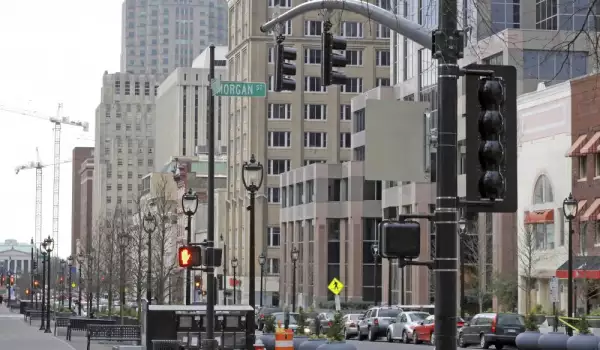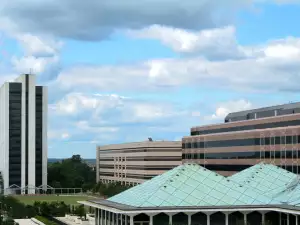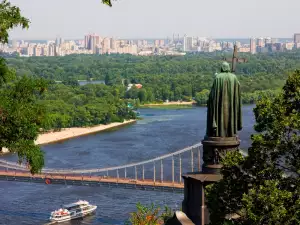Raleigh

Although the U.S. town of Raleigh is not one of the most popular destinations in the United States, it is one of the most colorful places in the country of many faces. Many say that is where many destinations are collected into one. You will feel this as soon as you arrive. Raleigh is the capital of North Carolina.
Green boulevards, attractive restaurants, historical treasures and exciting hockey tournaments are just some of the things that attract with irresistible force those who dare to see Raleigh.
Raleigh has no missing foliage. An integral part of the city’s vision are the many oak trees that earn it the nickname "City of Oaks."
One of the emblems of the city is the North Carolina State Capitol. It is on Union Square. The majestic white building was completed in 1840. Locals and guests feel that the Capitol is one of the finest and best preserved over the years, public buildings, whose appearance resembles a Greek Revival architectural style. Tours in the state Capitol will take you in the halls where history is created. On the first floor, just below the rotunda, visitors to the historic landmark can see the famous statue of George Washington wearing a Roman toga. The monument is the work of Antonio Canova.
The main boulevard of Raleigh, located in the central part of the city is called Fayetteville Street. Around it is actually the core of Raleigh – full of many interesting cultural, business and administrative buildings. On this street, you can find The Mahler Fine Art, and Raleigh City Museums, which tell the story of the capital of North Carolina. Its first museum exhibition of artifacts was in 1993, it traces the important events determining the fate of the city and its inhabitants and is complete with time collecting objects and stories through which to teach future generations of their ancestors and roots. Admission is free.

Fayetteville Street has another theater company, the Raleigh Ensemble Players Theatre Company.
Extremely attractive to residents and visitors are the Museum of Art, the Museum of Natural Sciences, History Museum, Sports Hall of Fame, the Marbles Kids Museum, and the Pope House Museum. Mordecai House and Montfort Hall are also among the most popular places in Raleigh.
If you visit the Capitol and other landmarks and you do not get enough, you can learn more and feel the ancient spirit of the historic city, by visiting neighborhood Oakwood, where many well preserved buildings in Victorian style still stand. If this is not enough - go to the Executive Mansion - a historic mansion built entirely out of minerals, which can be found in North Carolina.
The Legislative Building, which until 1963 housed the state's government of North Carolina also has a great tourist interest.
In Raleigh is located the State University of North Carolina. In one of its campuses, with dignity stands another historic landmark- the Memorial Bell Tower.
If you are tired from long tours of cultural and historical attractions of the city, visit the Historic City Market. There you will find many first class shops and various places to eat and rest.
Raleigh's population is about 400 000 people. The capital of North Carolina is named after the English aristocrat, writer, poet, soldier, spy and explorer Sir Walter Raleigh (1552-1618). The town was designated capital of U.S. state in 1788. Raleigh is one of the few cities that does not just happen as settlements, but are based on a project, and provide basic administrative functions.
Near Raleigh are two other historically significant cities - Durham and Chapel Hill.







